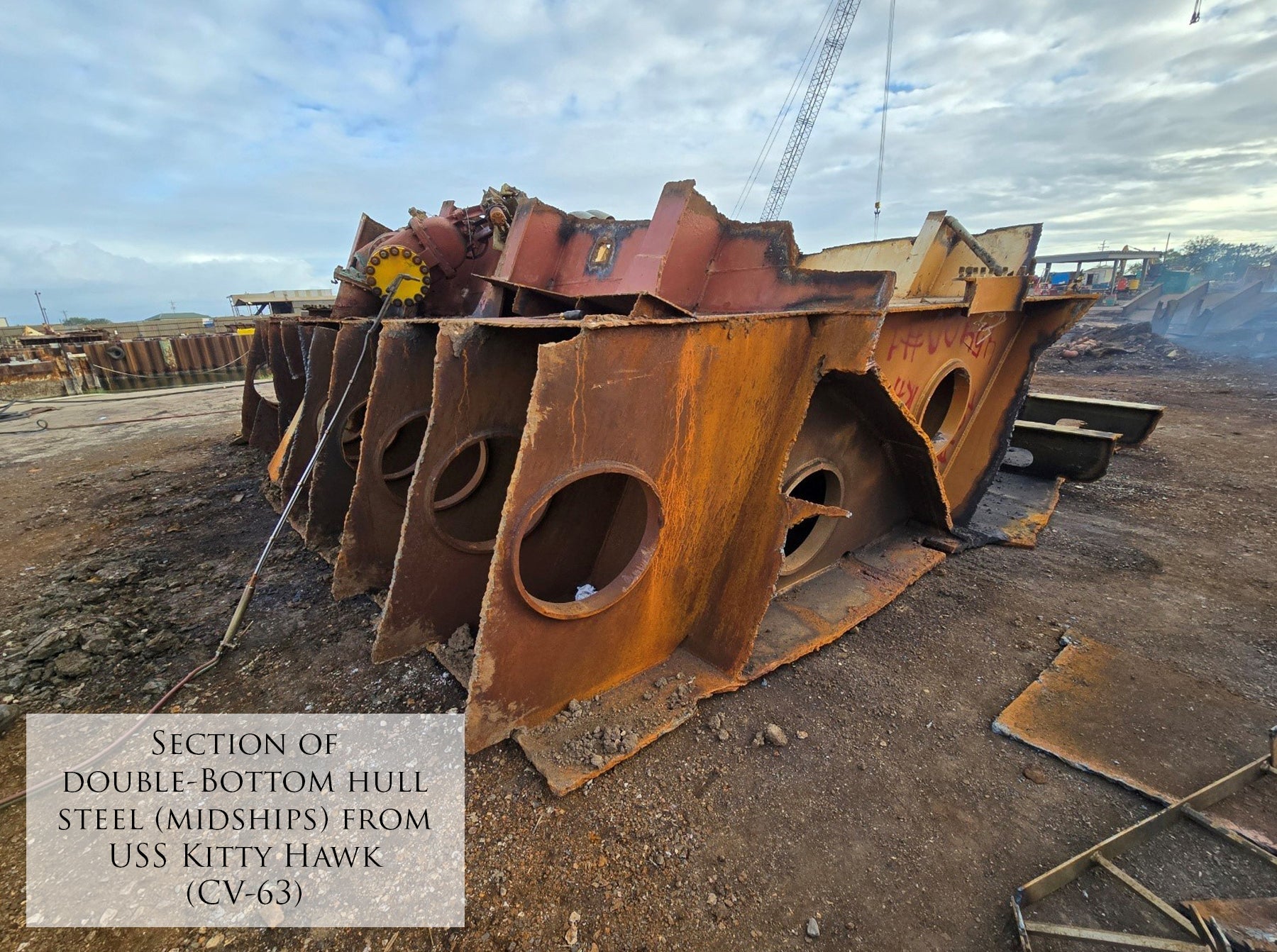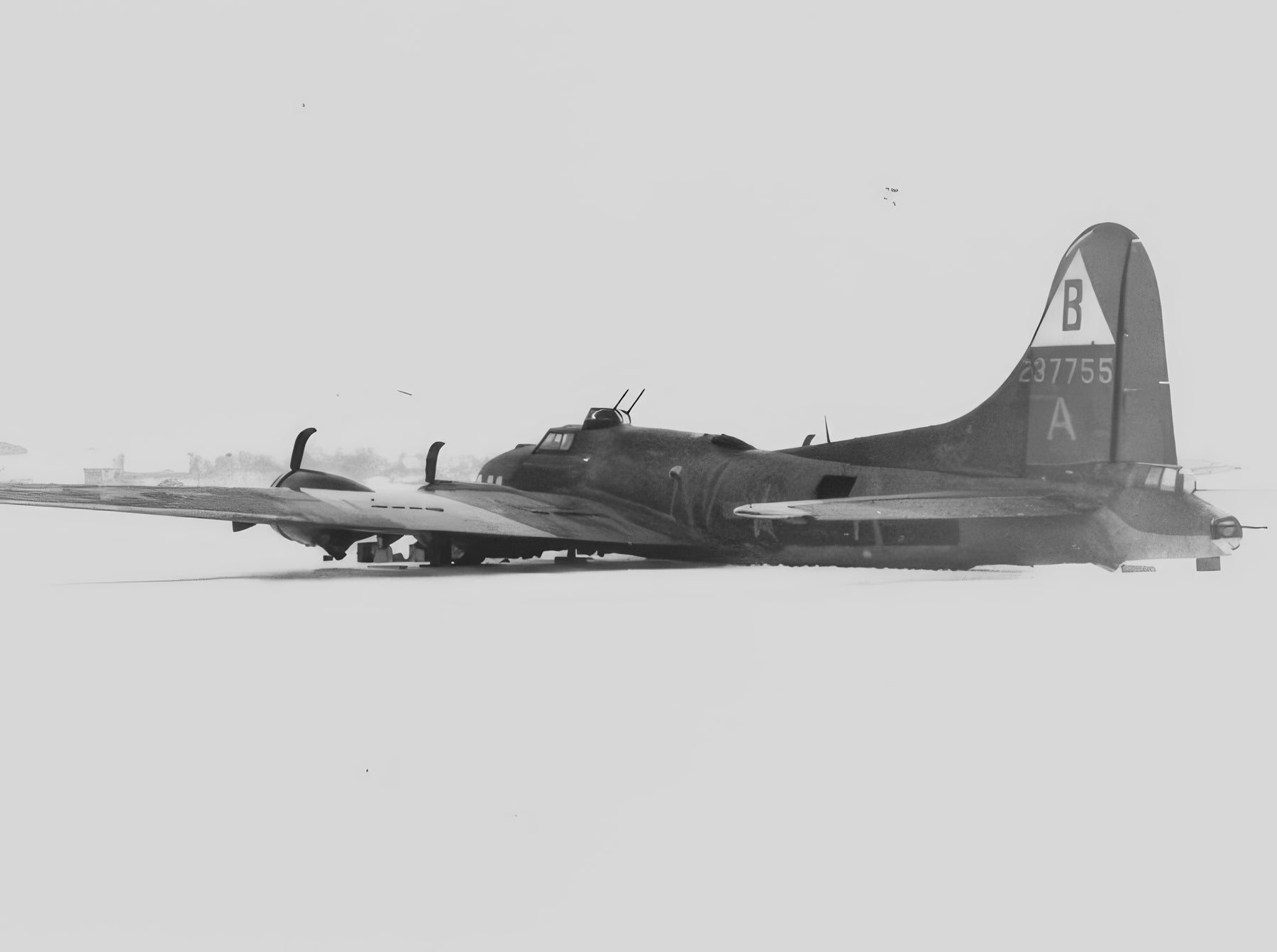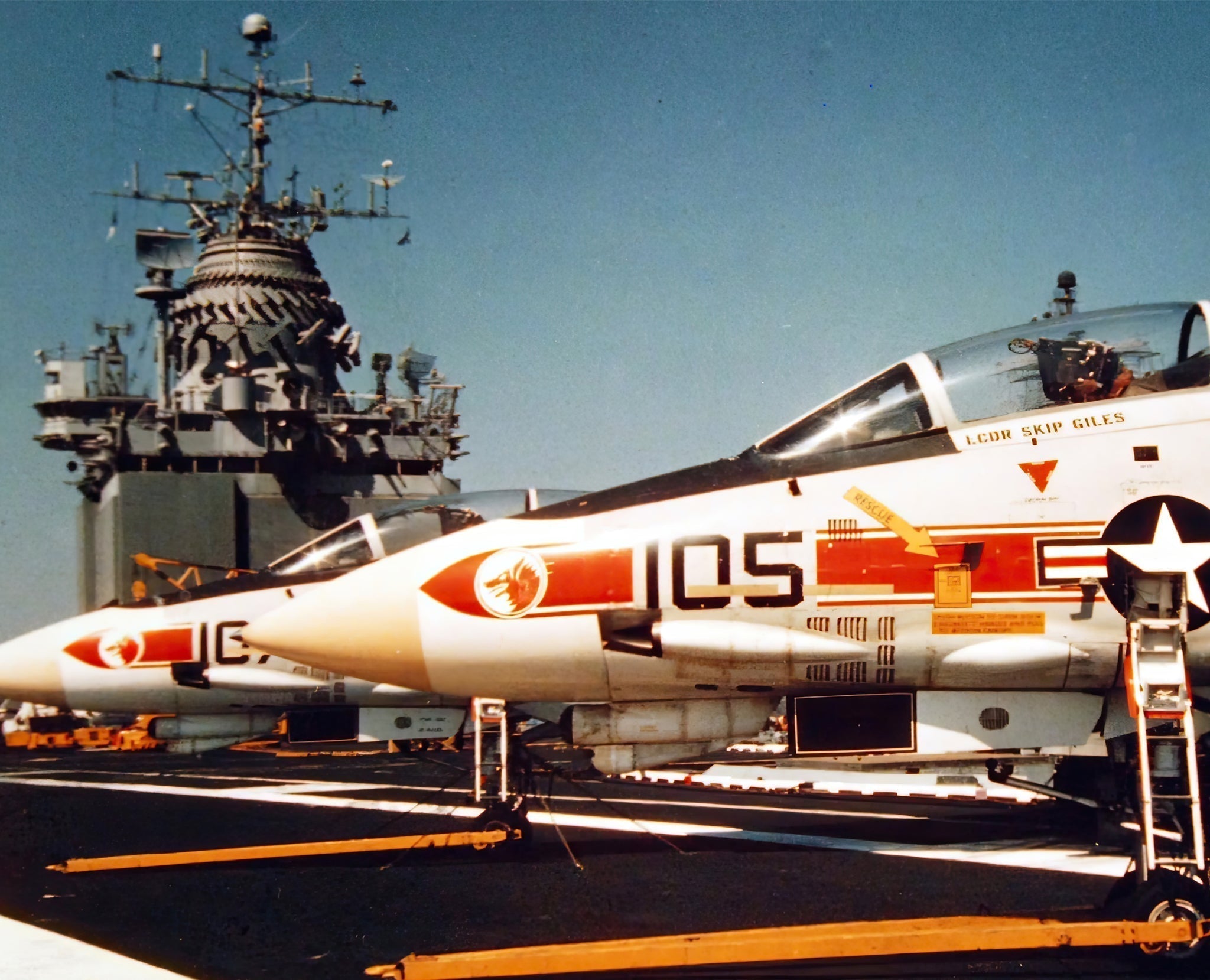This artwork depicts the USS Kitty Hawk (CV-63) as she appeared in the late 1970s, showcasing her imposing presence as a conventionally powered supercarrier. At this time, Kitty Hawk was a vital asset in the U.S. Navy, participating in Cold War operations and maintaining a strong presence in the Pacific. Her eight steam turbines powered the ship to speeds exceeding 30 knots, supporting extensive deployments and reinforcing American naval dominance. As the lead ship of her class, Kitty Hawk stood as a testament to the ingenuity and resilience of U.S. naval engineering during this critical period in history.

"USS Kitty Hawk" 30" x 20" Canvas Art Display
Powered by eight steam turbines connected to four shafts, the Kitty Hawk utilized a conventional propulsion system fueled by oil and later diesel fuel. This system allowed the carrier to achieve speeds exceeding 30 knots while providing the endurance needed for extended deployments. Compared to later nuclear-powered carriers, such as the Nimitz-class, the Kitty Hawk required regular refueling, limiting its operational range. However, her conventional propulsion system was less complex to maintain and remained a reliable method for powering the Navy's largest ships during her era. The later nuclear carriers, by contrast, offered virtually unlimited range and significantly reduced the need for logistical support, marking a shift in carrier design.
Throughout her 48-year career, Kitty Hawk played a pivotal role in major conflicts, including the Vietnam War and operations in the Persian Gulf. From 1998 to 2008, she served as the forward-deployed carrier at Yokosuka Naval Base in Japan, demonstrating the U.S. Navy's commitment to maintaining a strong presence in the Pacific. She became the second-longest active warship in U.S. Navy history, surpassed only by the USS Constitution, before her decommissioning on May 12, 2009.
Following her decommissioning, the Kitty Hawk was stricken from the Naval Vessel Register in 2017 and towed to Brownsville, Texas, in 2022 for dismantling. As the last conventionally powered supercarrier in the U.S. Navy, she marked the end of an era, bridging the transition from oil-fueled to nuclear-powered aircraft carriers and leaving a legacy of innovation, endurance, and service.
About the Relic:
This fragment of internal hull steel from the USS Kitty Hawk (CV-63) represents a unique piece of naval history. Recovered from the aft, central section of the ship's double-bottom area, this specific piece was provided to Aces In Action by the ship-breaking contractor responsible for scrapping the USS Kitty Hawk in Brownsville, Texas. Measuring 1/2 inch thick, the steel was removed in December 2024, offering a tangible connection to one of the most significant aircraft carriers in U.S. Navy history.
Section of Double Bottom Hull Steel (Midships)
The Kitty Hawk was designed with a double-bottom hull, a critical feature for large naval vessels such as aircraft carriers. A double-bottom hull consists of two layers of steel plating on the bottom of the ship, separated by a narrow space that enhances the vessel's structural integrity and resilience. This design was particularly important for warships like the Kitty Hawk, as it provided an additional layer of protection against underwater threats such as torpedoes, mines, and accidental collisions. While the outer steel layer served as the primary defense against external impacts, the inner layer added a secondary barrier, reducing the risk of breaches that could compromise buoyancy or internal compartments.
Plate of Hull Steel #1
This engineering approach not only improved the survivability of the ship but also allowed for safer storage of fuel, ballast, and other critical materials within the space between the two layers. In combat scenarios, the double-bottom hull design was a key feature that contributed to the ship's ability to sustain damage while continuing to operate effectively. Despite the extra protection it offered, the hull maintained a single, solid outer structure to ensure hydrodynamic efficiency, a critical factor for a vessel as large and mission-critical as an aircraft carrier.
Plate of Hull Steel #2
The USS Kitty Hawk served the U.S. Navy for nearly 50 years, and her double-bottom hull was a testament to the innovative naval engineering of the era. This fragment not only embodies the strength and durability of the ship but also highlights the advancements in shipbuilding that made aircraft carriers such as the Kitty Hawk vital assets in projecting naval power across the globe. Today, this relic serves as a tangible reminder of the resilience and technological sophistication of one of the Navy's most iconic supercarriers.
Plate of Hull Steel #3
Plate of Hull Steel #4
Ingots and Shaving Relics - "USS Kitty Hawk CV-63"
To purchase or see similar items, visit here.
Commissioned by Museums, Treasured by Collectors










Share:
Dottie G: The First B-17G to Reach Switzerland